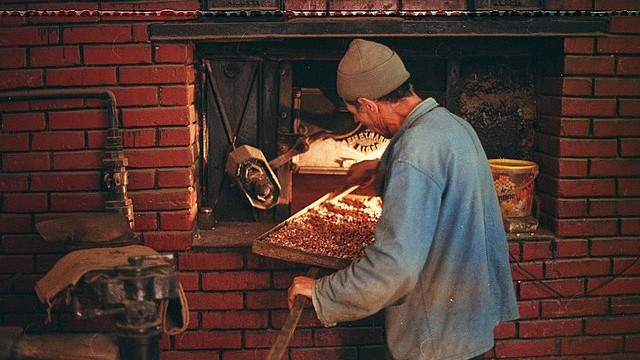In Algeria, food is not merely sustenance—it is a chronicle of history, migration, and the land itself. This North African nation’s culinary traditions carry the imprint of Berber roots, Arab influence, and centuries of Mediterranean exchange. Across bustling urban markets and quiet village kitchens, dishes emerge that are at once deeply local and broadly connected to the wider world.
Couscous, widely regarded as the national dish, remains at the center of many tables. Steamed semolina grains are served beneath a slow-simmered stew of vegetables and meat, most often lamb or chicken, with seasonings such as cumin, coriander, or cinnamon. In homes from the coast to the high plateaus, it anchors Friday gatherings and holiday feasts, a symbol of hospitality as much as a meal.
Tagine—named for the conical earthenware vessel in which it is cooked—offers a different expression of Algerian comfort. Variations shift from region to region: in the north, Tagine Zitoun pairs chicken with green olives and lemon; in the interior, lamb mingles with root vegetables and warming spices. Long, gentle cooking coaxes depth from each ingredient, reflecting the agricultural abundance on which the cuisine depends.
During Ramadan, the scent of chorba often signals the evening meal. This nourishing soup blends meat, grains, lentils, and fragrant spices such as cinnamon and coriander. Recipes differ from household to household, passed down through generations, each bowl carrying both personal and communal history.
On more ceremonial occasions, mechoui takes the stage. A whole lamb or goat is seasoned, then slowly roasted—sometimes in a pit, sometimes over open coals—until the meat yields to the touch. Served in generous portions to a gathered crowd, it is as much an event as a dish, a culinary emblem of celebration marking weddings, religious festivals, and major communal milestones.
Sweetness has its place as well. Makroud, a pastry of semolina dough filled with dates or nuts, fried until golden and bathed in honey, appears at weddings, Eid festivities, and family visits. The pastry’s rich, sticky texture and subtle spice mirror the layered traditions of Algerian dessert-making, where local produce and imported flavors have intertwined for centuries.
Taken together, these dishes form more than a menu; they comprise an edible history of Algeria, reflecting the resilience, adaptability, and creativity of its people. In kitchens from Algiers to Tamanrasset, the act of preparing and sharing food remains one of the most enduring ways Algerians connect with their past while nourishing their present.
Sources:
- Achour, M. Cuisine d’Algérie: Traditions et Saveurs. Éditions du Tell, 2018.
- UNESCO Intangible Cultural Heritage List. “Couscous: Knowledge, Know-How, and Practices.” ich.unesco.org.
- Wolfert, Paula. The Food of Morocco. Ecco, 2011.

